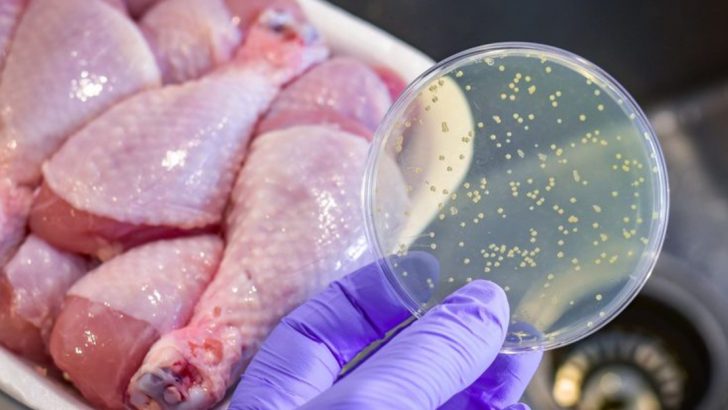Food poisoning doesn’t always come from something that looks suspicious. Sometimes, it’s everyday food you trust.
Whether raw or ready-to-eat, many common ingredients can turn dangerous if not handled right.
These are the 15 foods experts say cause the most trouble—and how to stay safe while still enjoying them.
1. Raw Chicken
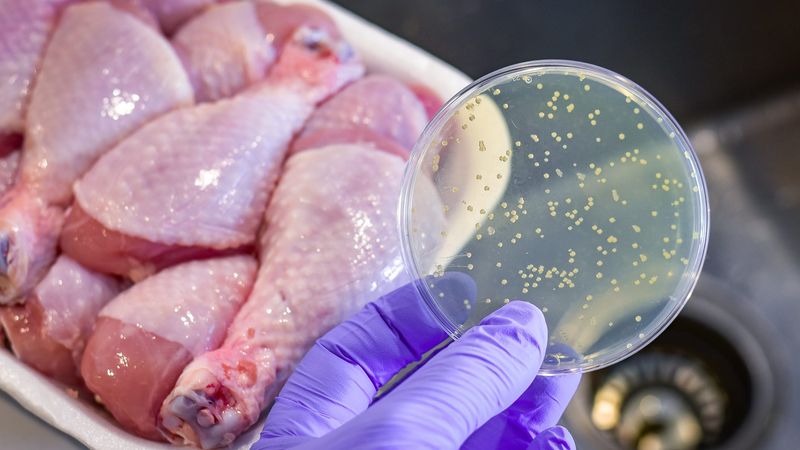
Raw chicken is a top source of foodborne illness, often contaminated with Salmonella or Campylobacter during processing or packaging. Even small traces of these bacteria can cause intense stomach cramps, fever, and diarrhea.
Cross-contamination is a major risk—use separate cutting boards, clean your hands well, and always cook chicken to 165°F to destroy harmful microbes.
2. Leafy Greens
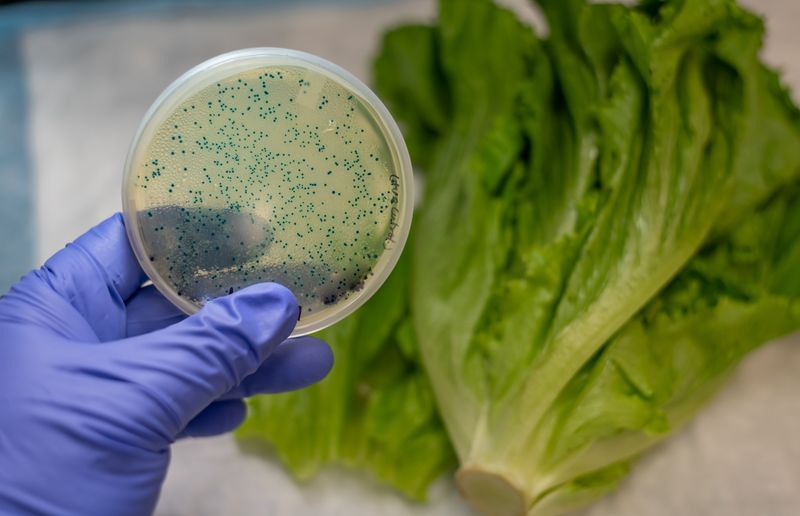
Spinach, lettuce, and arugula are often eaten raw, making it easier for bacteria like E. coli and Listeria to slip past unnoticed. These pathogens can cling to leaves if the greens are grown or washed in contaminated water.
Even triple-washed mixes aren’t immune, so rinsing them again at home and storing them cold is a smart move for safety.
3. Raw Milk
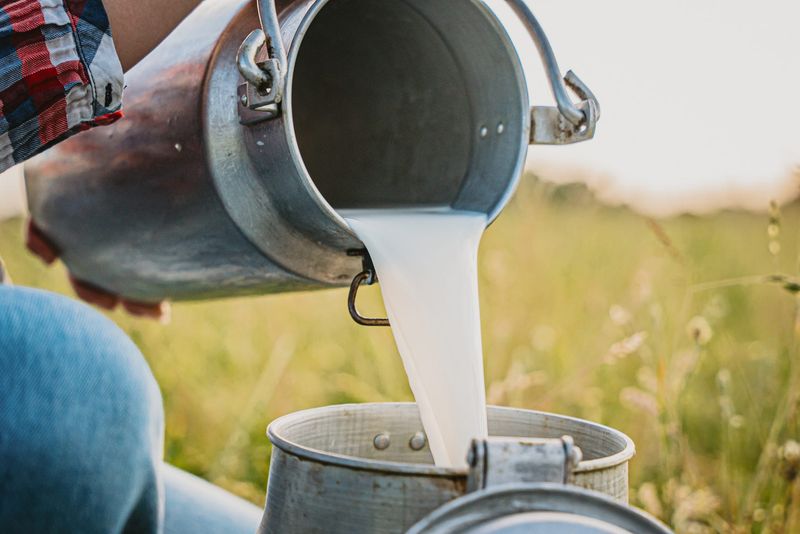
Unpasteurized milk skips the heating process that kills bacteria like E. coli, Listeria, and Salmonella. Though it’s prized for its creamy texture and flavor, it comes with a much higher risk of illness.
Many outbreaks in recent years have been traced to raw dairy products, prompting health officials to recommend pasteurized milk, especially for kids and older adults.
4. Deli Meats
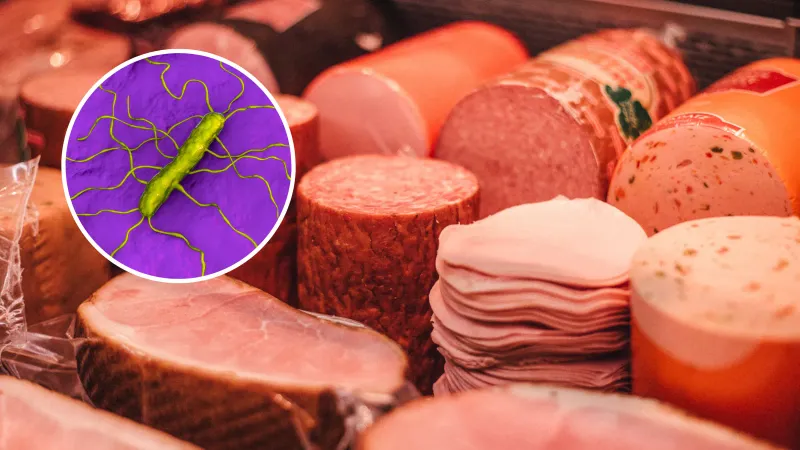
These sandwich staples may seem safe, but sliced deli meats are a known risk for Listeria, especially when stored for too long. The bacteria can grow even at refrigerator temperatures, making cold cuts dangerous for vulnerable groups.
Heating your sandwich meat until steaming is one easy way to lower the risk while still enjoying those smoky, savory flavors.
5. Eggs

Salmonella is often found on or inside raw eggs, and cracked or dirty shells make contamination even easier. While the chance of illness is relatively low, the impact can be serious.
Cooking eggs until both the white and yolk are firm ensures any harmful bacteria are killed, especially important in homemade sauces and desserts.
6. Raw Oysters
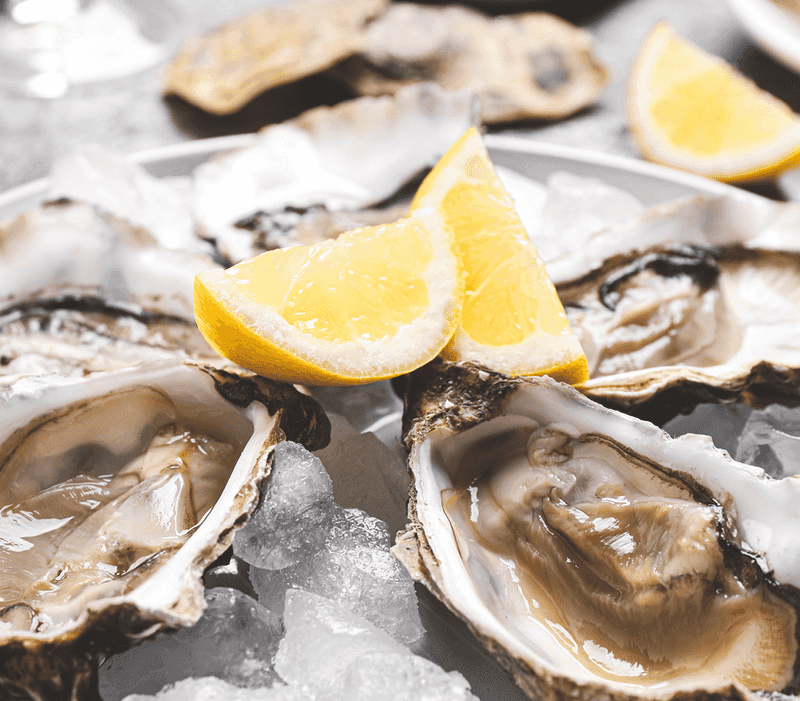
Harvested from coastal waters, oysters can pick up Vibrio bacteria that thrive in warm, brackish environments. These microbes don’t always affect the oyster’s appearance or taste, but they can trigger intense digestive issues.
Cooking oysters through eliminates the danger, though purists who prefer them raw should know the risks—especially in summer.
7. Sprouts
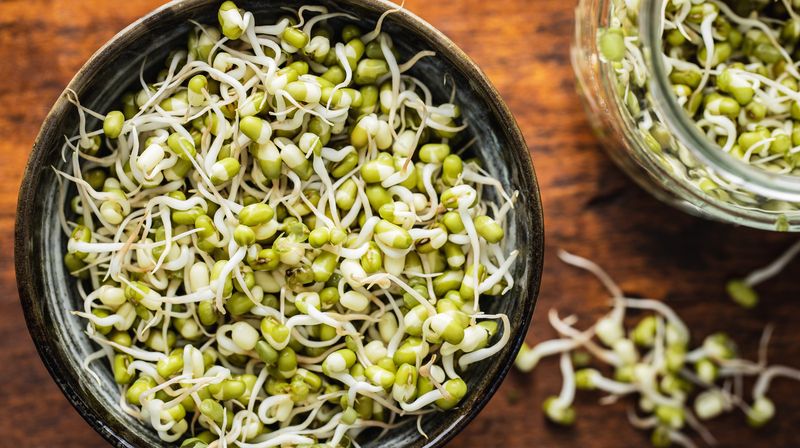
Sprouts like alfalfa and mung bean are grown in warm, damp conditions—perfect for bacteria like Salmonella and E. coli to multiply. Contamination can happen at the seed level and is hard to wash away.
Cooking sprouts before adding them to dishes reduces risk significantly, especially for kids, pregnant women, and people with weaker immune systems.
8. Ground Beef
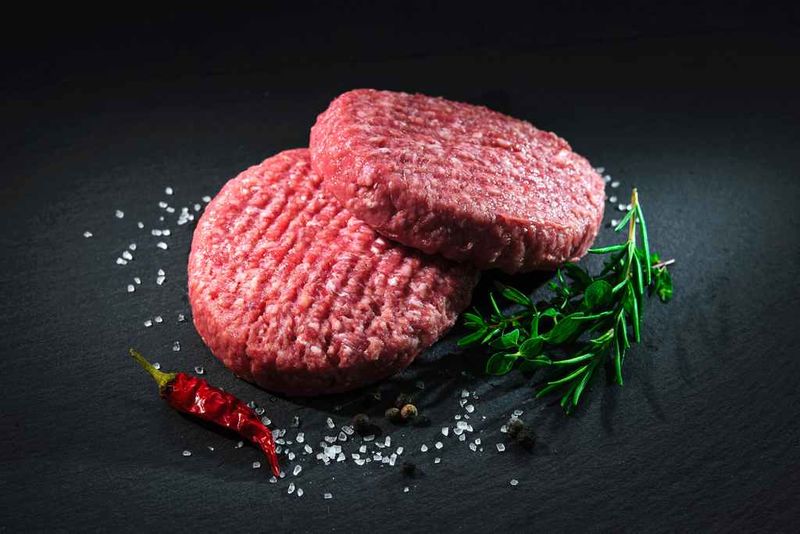
Unlike whole cuts, ground beef mixes surface bacteria throughout the meat, so the center can carry dangerous pathogens. Undercooked burgers, especially rare ones, pose a high risk for E. coli.
Experts recommend cooking ground beef to at least 160°F and checking the temperature with a food thermometer—not just guessing based on color.
9. Unpasteurized Juices
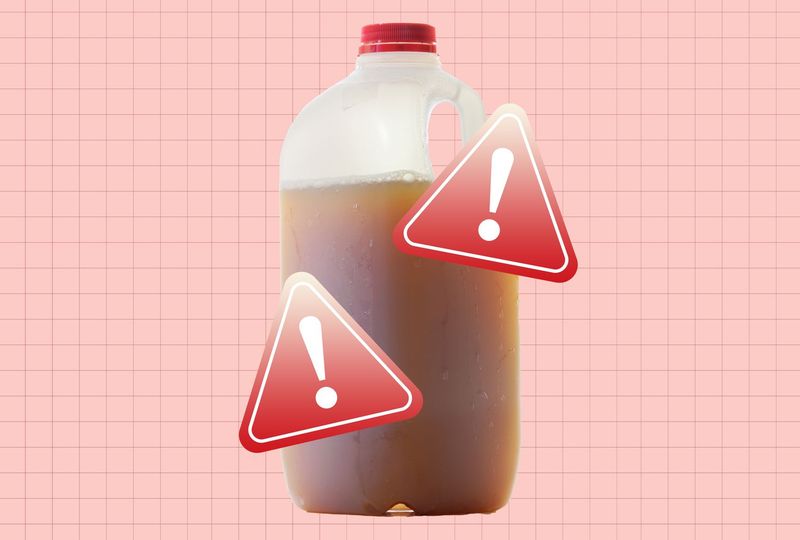
Fresh-pressed juices skip the pasteurization process, which means bacteria like Salmonella or E. coli can stick around from the original fruit. If the produce wasn’t washed properly, those germs go right into the drink.
While they may taste bright and natural, unpasteurized juices are especially risky for children and older adults—pasteurized versions are safer without sacrificing flavor.
10. Tuna
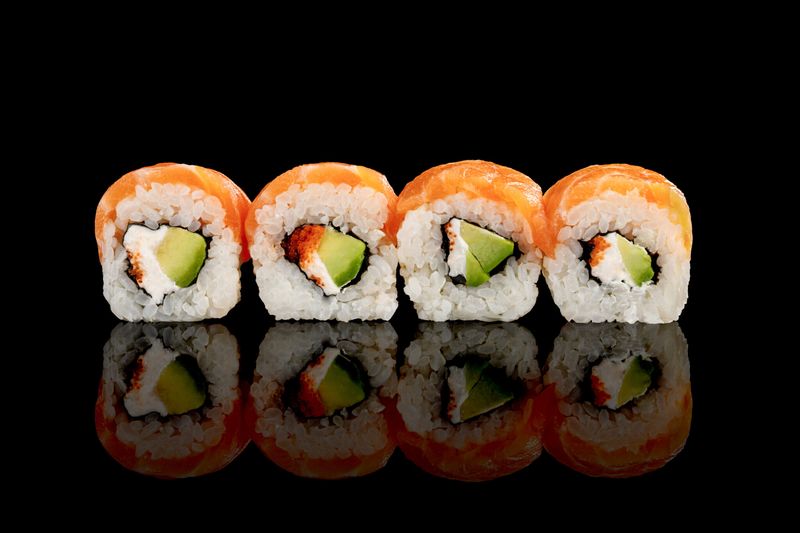
Tuna can become hazardous if not stored at the right temperature, leading to a type of poisoning called scombroid. Histamine builds up in spoiled tuna, causing symptoms that mimic an allergic reaction.
Keeping tuna cold from catch to plate is crucial—restaurants and suppliers must follow strict guidelines to prevent this hidden danger.
11. Soft Cheeses

Soft cheeses made with unpasteurized milk, like Brie, queso fresco, and Camembert, are prone to carrying Listeria. This bacterium is particularly worrisome because it grows even in cold temperatures.
People with weakened immune systems, pregnant women, and the elderly are most at risk—choosing cheeses made with pasteurized milk offers a safer indulgence.
12. Cooked Rice
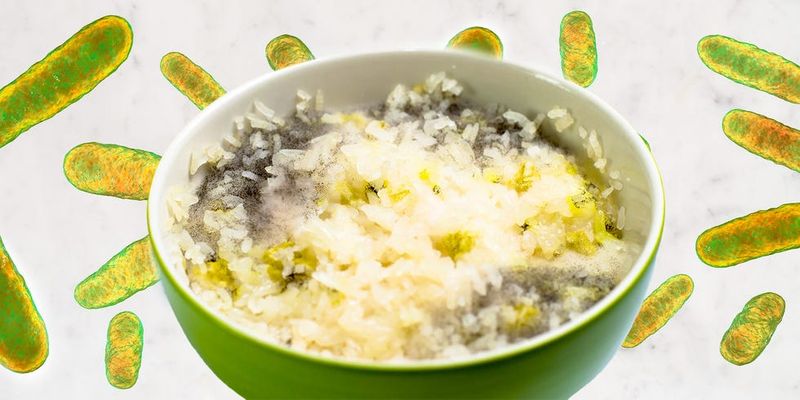
It sounds harmless, but rice can harbor Bacillus cereus, a spore-forming bacteria that survives cooking and multiplies if rice sits too long. The toxin it produces can cause quick-onset vomiting and cramps.
To avoid trouble, refrigerate leftover rice within an hour and reheat thoroughly before serving—don’t just let it sit on the counter.
13. Melons
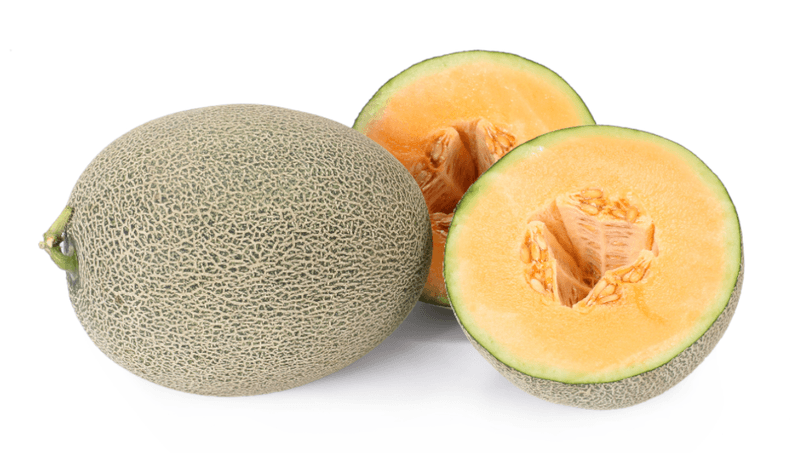
Melon rinds may seem clean, but they often carry bacteria like Salmonella on the surface from contact with soil or processing equipment. When you slice in, those microbes can transfer to the fruit’s interior.
Washing the outside of melons before cutting and eating slices soon after prep can help prevent foodborne illness.
14. Pre-Packaged Salads
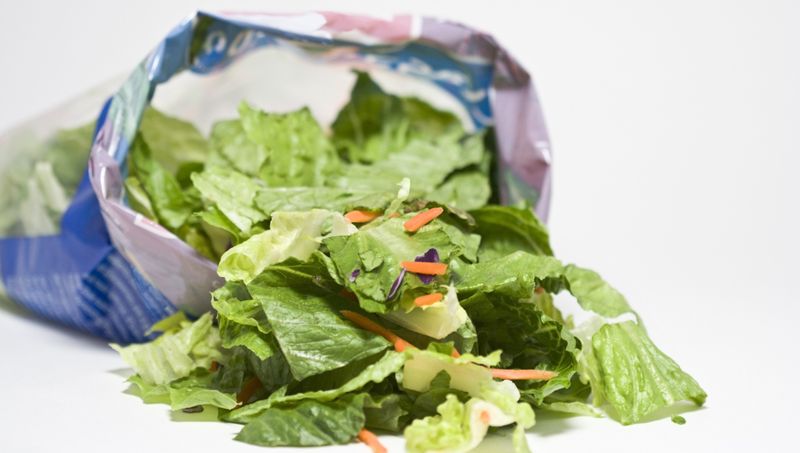
Bagged salads offer convenience, but they’ve been linked to multiple outbreaks of E. coli and Listeria due to contaminated greens. Bacteria can enter at the farm, during washing, or inside sealed bags.
Always check expiration dates, keep salads cold, and consider giving them an extra rinse—even when the label says “ready to eat.”
15. Raw Flour
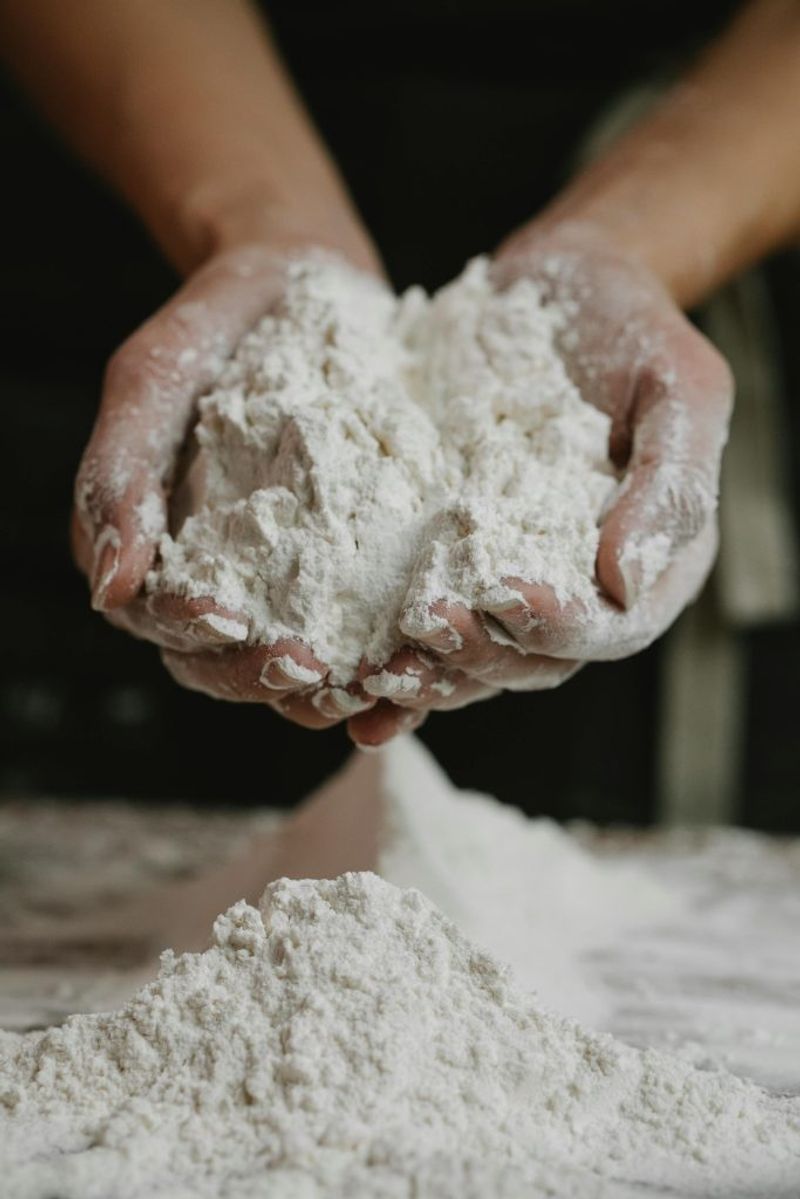
It’s easy to forget that flour is raw and untreated—it can carry E. coli from the field straight into your kitchen. Outbreaks tied to raw cookie dough have prompted repeated recalls.
Always bake flour-based items fully, and avoid tasting batter or dough before it’s cooked to kill any hidden germs.

